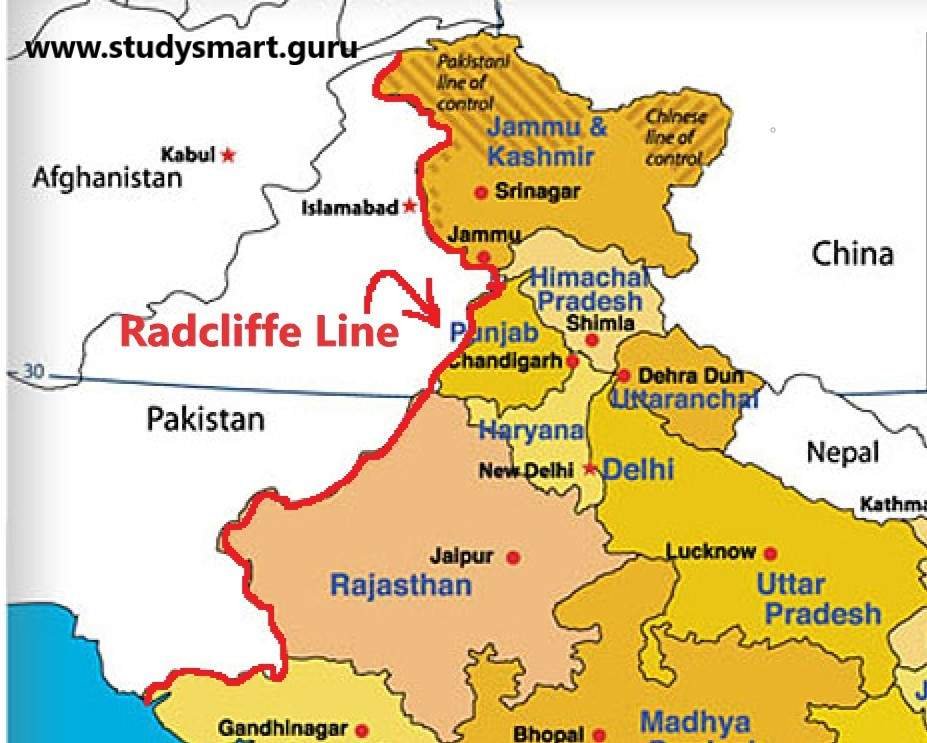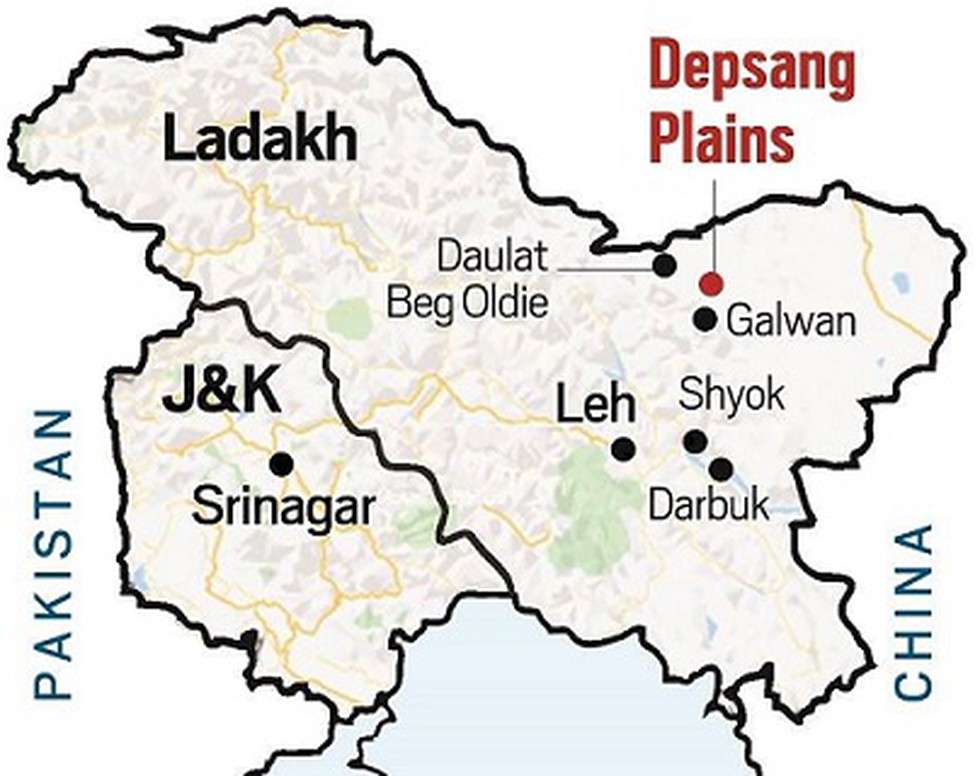

Tellis is the Tata Chair for Strategic Affairs and a senior fellow at the Carnegie Endowment for International Peace, specializing in international security and U.S. But this time, there is one important difference: unlike the discrete and geographically localized confrontations of the past, the latest encounters are occurring at multiple locations along the LAC in Ladakh in the eastern section of Jammu and Kashmir, which suggests a high degree of Chinese premeditation and approval for its military’s activities from the very top.Īshley J. The current crisis unfolding along the LAC appears on one level to be a continuation of the trends witnessed in foregoing years.

In the last decade alone, three such episodes-at Depsang in northern Ladakh in 2013, at Chumar in eastern Ladakh in 2014, and at Doklam on the Sino-Indian-Bhutanese border in 2017-produced local crises severe enough to require higher political intervention to defuse them. On occasion, both nations have reacted vigorously to considered attempts by the other to change the status quo by either entrenching a new physical presence or creating new physical infrastructure in the disputed areas. Patrolling platoons have, however, often engaged in intense physical altercations involving scuffles and stone throwing, which are then calmed through flag meetings between Chinese and Indian senior military officers. But, for the most part, these encounters end uneventfully, without the firing of weapons or loss of life on either side. Confrontations between Chinese and Indian soldiers in contested territories along the Line of Actual Control (LAC) in the Himalayan borderlands are not new. A heavy cloud cover also made it challenging for Indian satellites to capture images of any troop build-up.Once again, Chinese and Indian forces find themselves locked in a tense border standoff.

The location of the skirmish is described as heavily forested terrain, with Chinese troops occupying “top of the wall” positions with deep supply lines and infrastructure.ĭue to snowfall in the area, this was also the time for some Indian troops to withdraw from their positions, giving the Chinese side a further tactical upper hand, said the source. A military officer who has served in the area told The Indian Express that there was no predicting when the PLA would carry out such operations as “the Chinese perpetually control the escalatory ladder in that area” and they do so “at a place of their choosing”.Ī top source in the government told The Indian Express that this time the PLA had “pre-planned” the transgression for an “opportune” time.

This has been the trend since 2006.”Ī similar transgression had taken place in June 2016 when around 250 PLA soldiers had transgressed into the area but no clashes were reported then. This was the closest encounter that Indian troops and the PLA have had since the deadly Galwan incident in eastern Ladakh in June 2020.Įxpress View | The Tawang challenge: Dealing with Beijing’s transgressions Identifying the areas of dispute on the Line of Actual Control Why did the Chinese soldiers cross over to the Indian side?Ī military source told The Indian Express that “In certain areas along the LAC in the Tawang sector in Arunachal Pradesh there are areas of differing perception, where both sides patrol the area up to their claim lines. The Indian soldiers who were injured in the clash are recuperating in a Guwahati hospital, the sources said. Sources told The Indian Express that the soldiers on the two sides beat each other with sticks and canes. What kind of “clash” was this on the LAC? The matter has been raised with the Chinese side at the diplomatic level as well, Rajnath Singh said. Subsequently, the local commander of the Army held a flag meeting with his Chinese counterpart on December 11, where the Chinese side was asked to maintain peace on the border. He said that some soldiers on both sides sustained some injuries in the clash (“ jhadap”), but no Indian soldier had been killed or had been seriously wounded. “Our Army with great bravery stopped the PLA incursion and forced them to return to their post,” the Defence Minister said. Indian troops resisted this attempt by China “with firmness”, and there was a scuffle (“ haathapai”) in this faceoff.


 0 kommentar(er)
0 kommentar(er)
